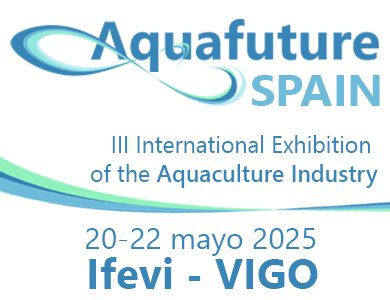The improvement of reproductive performance in Litopenaeus vannamei shrimp broodstock primarily relies on feeding with fresh baits such as polychaetes and squid.
Traditionally, fresh biological baits are rich in cholesterol. Cholesterol is present in all cells and hemolymph of crustaceans and is known to be an essential precursor for the synthesis of steroid hormones and other functional substances.
In this regard, shrimp larva and post-larva producers must ensure an adequate level of cholesterol in the diet of the broodstock, mainly to ensure their reproductive performance.
A team of scientists from Hainan University and East China Normal University conducted a 28-day feeding experiment to assess the effects of different levels of cholesterol in the diet (0.2%, 0.8%, 1.4%, 2.5%, or 3.2%) on ovarian development and health status of female Litopenaeus vannamei broodstock.
Dietary Supplementation
Appropriate cholesterol levels in the diet can increase the synthesis of steroid hormones through synergistic effects of lipid metabolism, endocrine factors, and metabolites, ultimately promoting ovarian development in female shrimp.
The study results show that supplementing the diet with 1.4% cholesterol can significantly increase the GSI (Gonadosomatic Index) and HSI (Hepatosomatic Index) of female shrimp.
The increased GST (Glutathione S-transferase) activity further enhances the antioxidant capacity of the shrimp, which can also promote the synthesis of steroid hormones.
Additionally, ‘the 1.4% cholesterol group significantly increased the antioxidant capacity of the shrimp and also coordinated higher mRNA expression of transcription factors (FoxO, GST) to regulate the antioxidant system.’
Conclusion
‘Dietary supplementation with 1.4% cholesterol can significantly promote ovarian development and strengthen the antioxidant system of female L. vannamei broodstock,’ conclude the scientists.
They also recommend that to enhance reproductive performance and health status, ‘it is suggested that the appropriate dietary cholesterol supplement content for female L. vannamei broodstock be in the range of 1.606% to 1.680%.’
The study has been funded by the Research and Development Program Projects in Key Areas of Guangdong Province, the National Natural Science Foundation of China, and funds from Hainan University for research and development.
Contact
Erchao Li
School of Life Sciences, East China Normal University,
Shanghai 200241, China
ecli@bio.ecnu.edu.cn
Reference
Xiaolong Liang, Xiaolong Luo, Tong Chang, Fenglu Han, Chang Xu, Erchao Li. Positive effects of optimal dietary cholesterol levels on ovary development and health of female Pacific White Shrimp, Litopenaeus vannamei broodstock, Aquaculture, 2023, 739987, ISSN 0044-8486, https://doi.org/10.1016/j.aquaculture.2023.739987.

